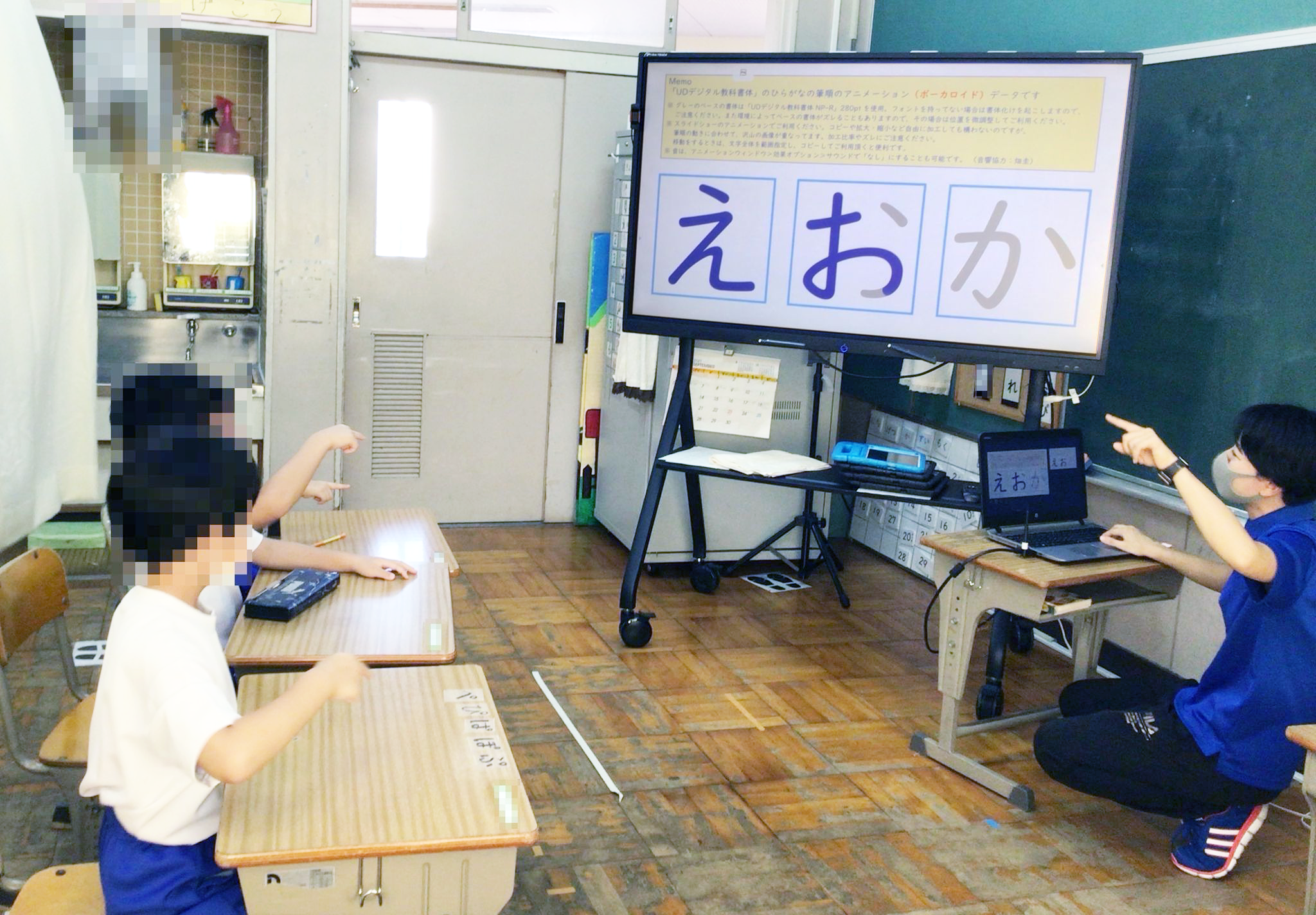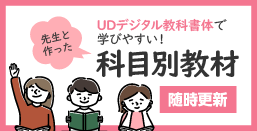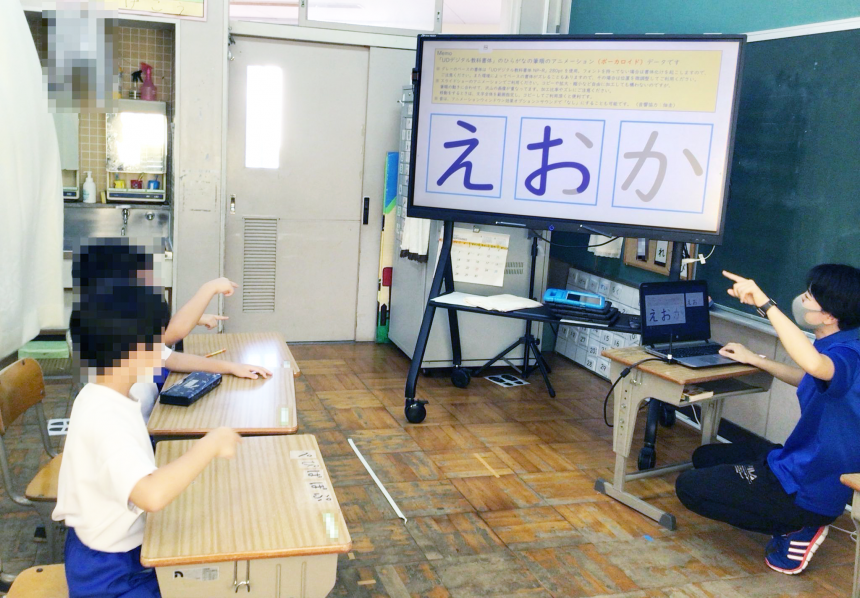
Mr. Takeshi Fujita of Ibaraki Prefectural Kyowa Special Needs School said in his class,Hiragana stroke order teaching materialsThe children responded well, and the lesson preparation went smoothly. We asked Mr. Fujita about the lesson.
What was your impression when you first learned about the teaching materials?
Professor FujitaIbaraki Prefectural Kyowa Special Needs School has approximately 210 intellectually disabled students enrolled, from elementary school to high school. When Morisawa introduced the Hiragana Stroke Order Teaching Materials, the first thing that came to mind was the Japanese language classes for first-year elementary school students. I am in charge of the high school division, but as the Director of Instruction and Research, I am responsible for coordinating research for the entire school and planning training programs related to the research.
For this reason, I observe classes for various grades and read all the annual lesson plans, so I have a good grasp of what kind of learning activities are being carried out throughout the school. The Japanese language class I remembered from my first year elementary school days and the Hiragana stroke order materials I used today instantly linked up!
Specifically, what do you think is most effective for children?
Professor FujitaAmong the "Hiragana stroke order teaching materials" this time, I felt that the "Vocaloid audio" would be what would interest and really capture the children's attention.
In daily learning activities,Linking movement and words deepens understandingThere are many situations like this. For example, when teaching the glottal stop sound... for "gakkou" (school), you can tightly close your lips when the "tsu" is inserted, clap your hands for "ga", "ko" and "u", and make a fist when the "tsu" is inserted, and so on, associating the sound with the movement can help students understand. In fact, the "Vocaloid audio" in this "Hiragana Stroke Order Teaching Material" alsoVoice-activated writing gesturesThis makes it easy to imagine the movements of writing hiragana from the audio.
What was the reaction of the teachers and students who actually used the teaching materials?
Professor FujitaI would like to share with you how I actually used it in a Japanese class for first grade elementary school students. At first, I presented it on an electronic whiteboard and had students write in the air along with the animated letters and audio. After repeating this several times,The children naturally hummed the words "horizontal," "vertical," "height," etc. as they wrote the letters.He responded to the slightly more complicated movements such as "turn and swish" and "twirl," and worked on it with a smile on his face.
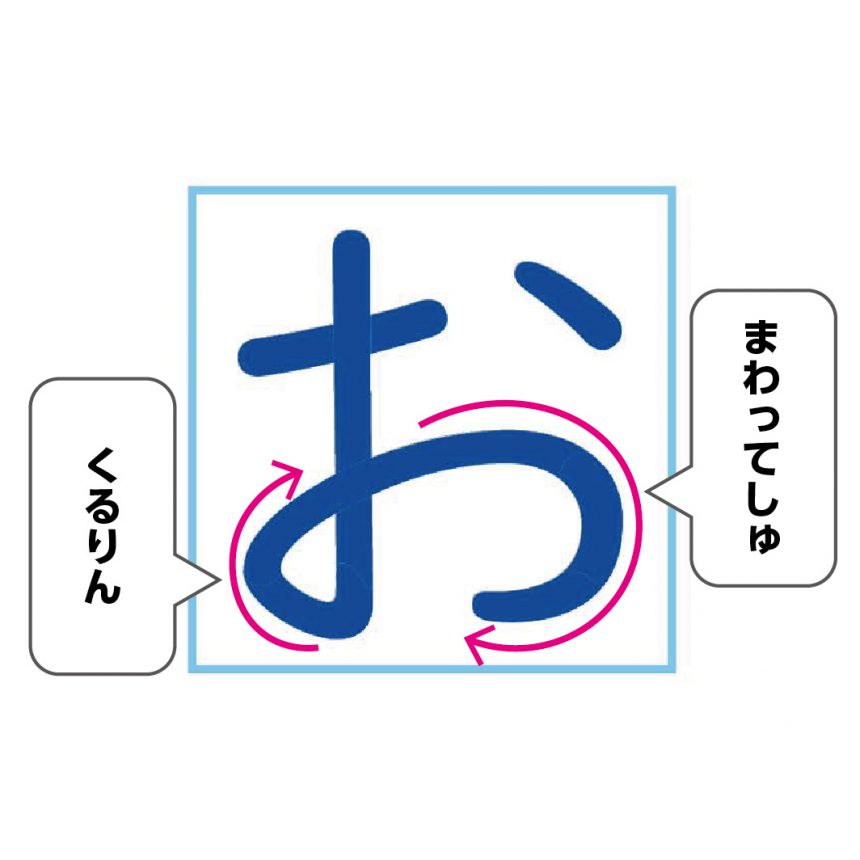
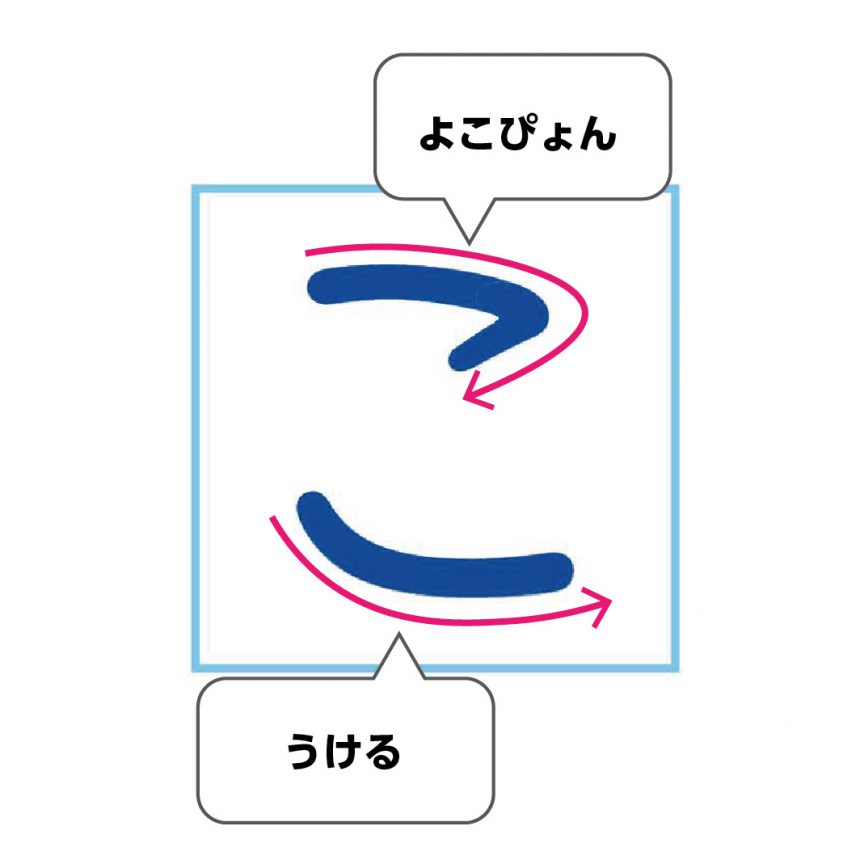
And the most popular one among the kids is "Funny." The kids were humming "Funny♪" and laughing!
The teachers in charge of the classes are not only very pleased with the children's reactions, but also feel that they are familiar with how to operate the device.The data is in PowerPoint format, so it was easy to introduce into the classroom.He was very happy.
Click here for the "Hiragana stroke order teaching materials" that Professor Fujita used in his classes.
If you would like to create teaching materials using the "UD Digital Textbook Stroke Order Font" used in the teaching materials, you can do so with "MORISAWA BIZ+" for 330 yen per month.
You can download free fonts or purchase paid fonts.Free Membership RegistrationClick the button below!
For details on MORISAWA BIZ+ (55 UD fonts available for 330 yen (tax included) per month),Here
We have also published an interview with Professor Fujita, who used our teaching materials, about UD fonts!

